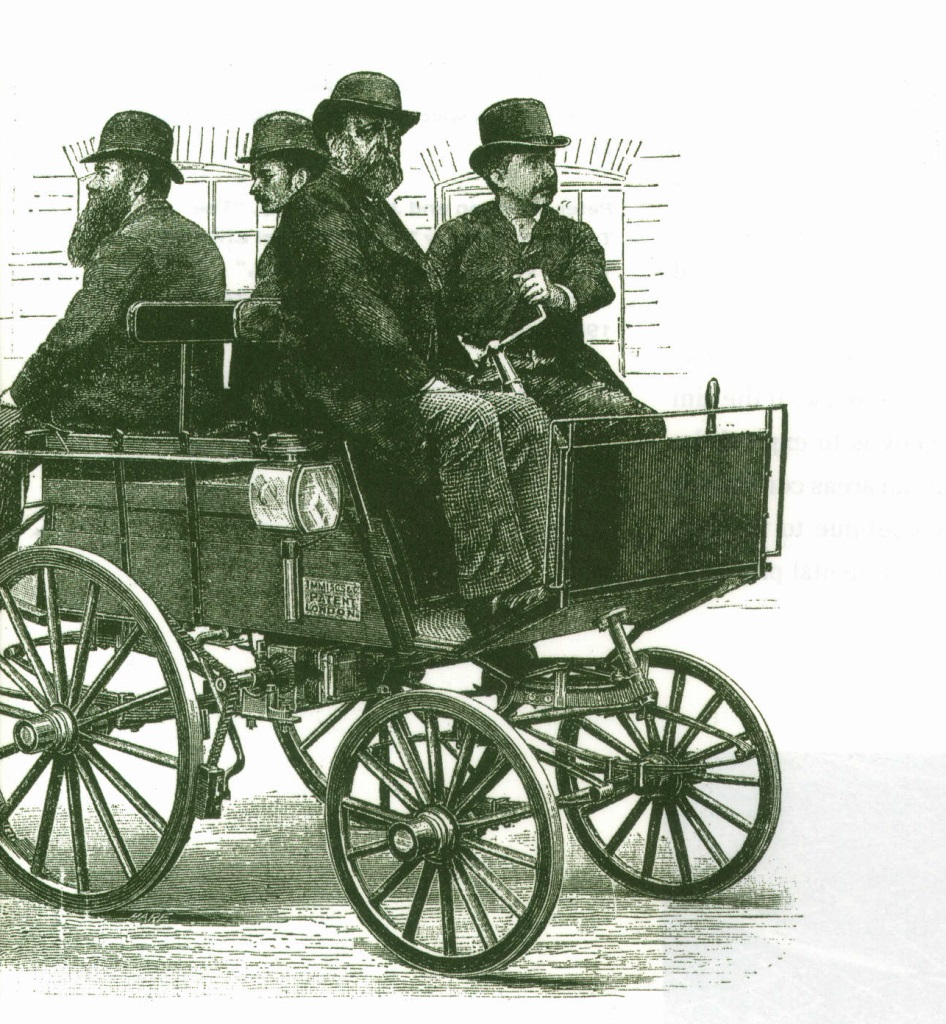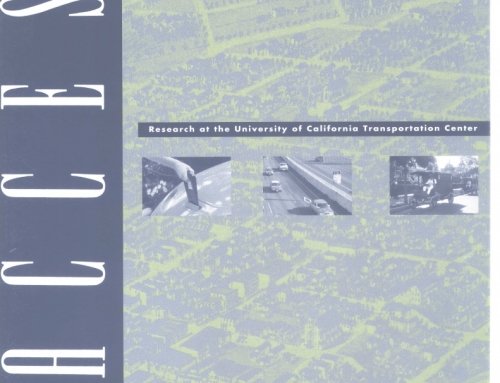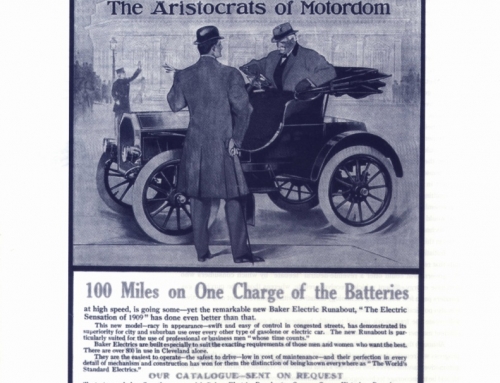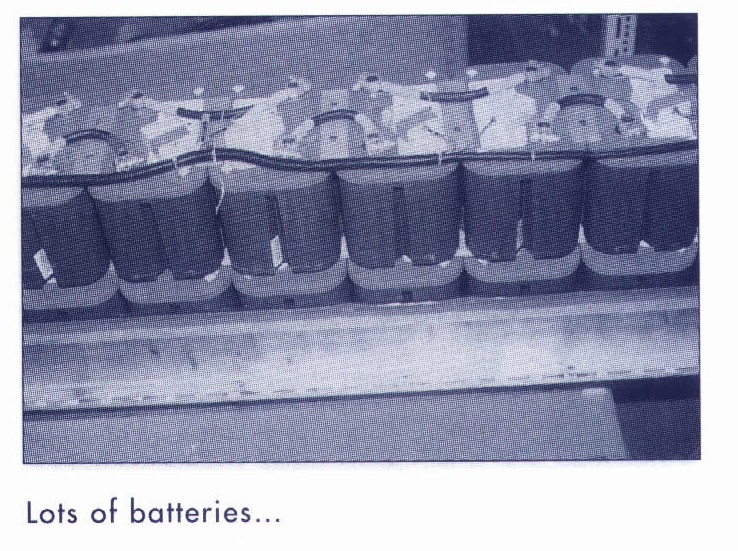 In response to these opportunities, the Clinton administration has pointed to the EV as one of 22 critical technologies for the nation’s economic revitalization. Battelle Technology Management Group, a private consulting firm, listed fuel cells, batteries, and hybrid vehicles as three of the ten hottest technologies for 2005. Because their principal advantages – improved air quality, reduced emissions of greenhouse gases, and energy savings – initially will be outside the marketplace, only strong government action can give EV technologies a chance in the near term. But public policy must be formulated carefully so that it is flexible enough to permit midcourse corrections and to let the market, rather than government, pick the winners.
In response to these opportunities, the Clinton administration has pointed to the EV as one of 22 critical technologies for the nation’s economic revitalization. Battelle Technology Management Group, a private consulting firm, listed fuel cells, batteries, and hybrid vehicles as three of the ten hottest technologies for 2005. Because their principal advantages – improved air quality, reduced emissions of greenhouse gases, and energy savings – initially will be outside the marketplace, only strong government action can give EV technologies a chance in the near term. But public policy must be formulated carefully so that it is flexible enough to permit midcourse corrections and to let the market, rather than government, pick the winners.
A Compelling Alternative
Policymakers have long debated the environmental and economic effects of air pollution, global warming, and dependence on foreign oil. Although there is no consensus, it is clear that each of these problems carries some potentially serious risks. Electric-drive vehicles are the most promising option for significantly reducing all three.
A compelling feature of electric-drive vehicles are their low or nonexistent emissions and hence their air quality benefits. These benefits will be greatest in regions where air pollution remains severe, where fuel cells are used, or where the electricity comes from largely clean sources – tightly controlled natural gas electric-power plants or zero-emitting hydroelectric and nuclear plants.
Electric-drive vehicles are also more energy-efficient (on a full-energy-cycle basis) than 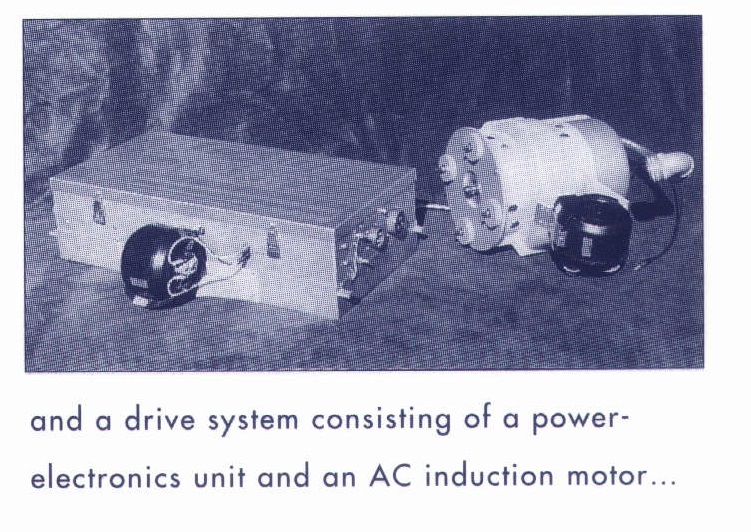 conventional automobiles. Conversion of chemical energy into mechanical energy-by burning fuel-is simply less efficient than using electricity. Electric motors are about 90 percent efficient, compared to less than 25 percent for ICEs. In addition, an EV can recapture as much as half the energy lost during braking (through regenerative braking); it does not need a transmission, which reduces energy use by another 6 percent or so; and it does not consume energy while idling and coasting, saving still another 10 percent. These efficiency gains are partly offset by the low efficiencies of electric power plants. Oil refineries are about 90 percent efficient, compared to efficiencies of about 33 percent achieved by today’s electric power plants fired with oil, natural gas, and coal. But oil refineries are not expected to become more efficient, whereas power plants’ efficiency rates are expected to rise by as much as 50 percent.
conventional automobiles. Conversion of chemical energy into mechanical energy-by burning fuel-is simply less efficient than using electricity. Electric motors are about 90 percent efficient, compared to less than 25 percent for ICEs. In addition, an EV can recapture as much as half the energy lost during braking (through regenerative braking); it does not need a transmission, which reduces energy use by another 6 percent or so; and it does not consume energy while idling and coasting, saving still another 10 percent. These efficiency gains are partly offset by the low efficiencies of electric power plants. Oil refineries are about 90 percent efficient, compared to efficiencies of about 33 percent achieved by today’s electric power plants fired with oil, natural gas, and coal. But oil refineries are not expected to become more efficient, whereas power plants’ efficiency rates are expected to rise by as much as 50 percent.
During the past few years, considerable progress has been made with electric-drive technologies with relatively little expenditure. Total investment in EVs and EV batteries by all U.S. manufacturers and governments in the first four years of this decade probably fell short of a billion dollars. Ford and General Motors reported spending a total of $450 million during the first few years of the decade. (For perspective, consider that the U.S. auto industry generated more than $14 billion in profits in 1994 alone, that GM spent $6 billion to develop their Saturn model, and that the oil industry is spending about $10 billion this decade to produce reformulated gasoline.) Achieving the refinements necessary for commercializing EV technologies will, in auto industry terms, require modest investments in research and development. The more daunting barrier is market uncertainty and risk, which can be reduced only by firm federal and state commitments to the development and use of EV technology.
The Zev Mandate
The zero-emission-vehicle (ZEV) mandate issued by the California Air Resources Board in 1990 (and later adopted by New York and Massachusetts) has spurred more progress in electric propulsion technology than was accomplished during the previous 20 years by the 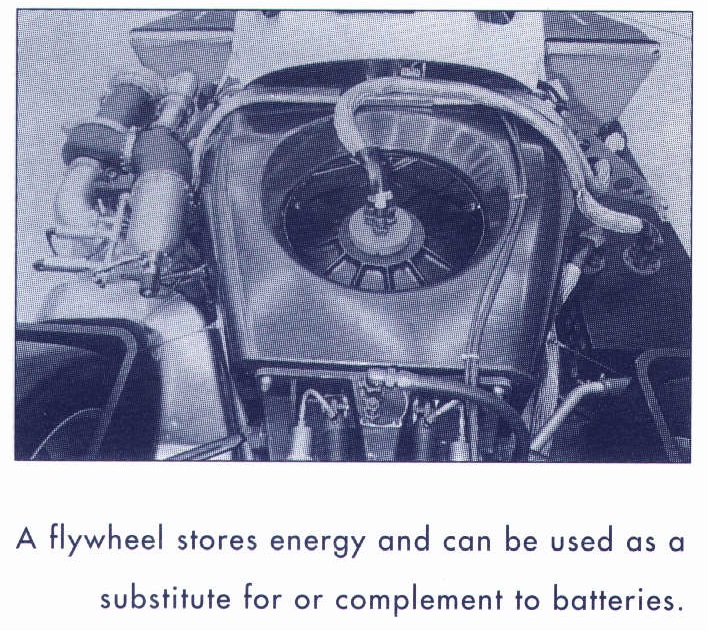 automobile industry and the Department of Energy combined. Mostly because of the mandate, every major automaker in the world, as well as hundreds of technology companies, have invested in EV development; and dozens of companies have sprouted to develop batteries, ultracapacitors, flywheels, and fuel cells.
automobile industry and the Department of Energy combined. Mostly because of the mandate, every major automaker in the world, as well as hundreds of technology companies, have invested in EV development; and dozens of companies have sprouted to develop batteries, ultracapacitors, flywheels, and fuel cells.
The mandate requires that by 1998, at least 2 percent of vehicles sold in California by major automakers must have zero emissions; the requirement will rise to 5 percent in 2001and10 percent in 2003. Major automakers are defined as those with sales of 35,000 vehicles or more per year in California. They are, in descending order, General Motors, Ford, Toyota, Chrysler, Honda, Nissan, and Mazda. In 2003, the mandate will be expanded to include manufacturers with as few as 3,000 vehicle sales per year. Companies will be fined $5,000 per car for the number of sales by which they fall below the quota.
The mandate also permits manufacturers to trade EV credits. That is, a company can satisfy the mandate’s requirements by buying credits from other companies that have sold more than their quota of ZEVs. This provision is important because it gives mainstream manufacturers the flexibility to buy credits rather than build ZEVs, while providing cash for industry outsiders, such as small and nontraditional manufacturers of EV s whose ZEV quota is zero.
Partnership with the Government
The ZEV mandate will spur the transition to electric-drive vehicles despite a caution that borders on ambivalence within the Clinton administration. Although the auto industry and the administration have launched several high-profile initiatives favoring environmentally benign vehicles, these are providing little funding and making little progress.
Perhaps the most widely publicized initiative is the Partnership for a New Generation of Vehicles (PNGV), formed in 1993. Its stated purpose is to build a prototype midsize sedan that triples the fuel economy of today’s cars by 2004. Portrayed as a modem counterpart to the Apollo moon 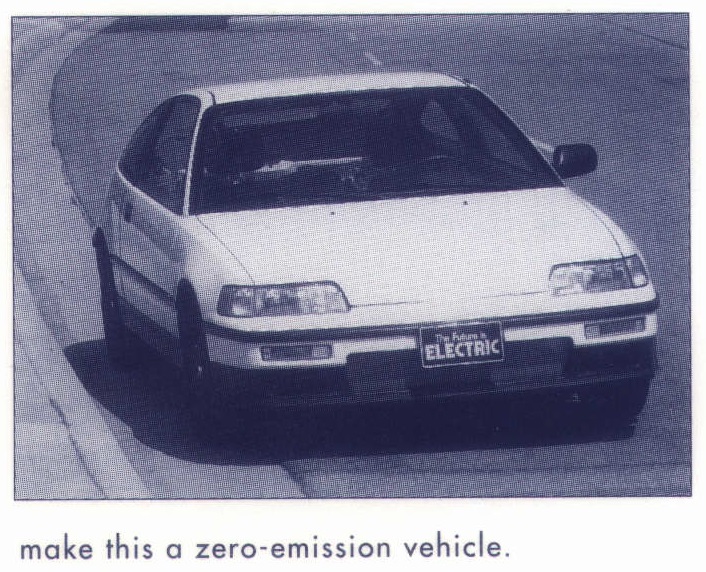 program and initially known as the Clean Car Initiative by government and the Supercar Initiative by the automotive industry, PNGV is a public-private partnership. It is intended to accelerate development of electric propulsion, lightweight materials, and advanced manufacturing processes.
program and initially known as the Clean Car Initiative by government and the Supercar Initiative by the automotive industry, PNGV is a public-private partnership. It is intended to accelerate development of electric propulsion, lightweight materials, and advanced manufacturing processes.
The government devised the program in part to transfer some of the technological resources developed during the Cold War to the civilian sector. The plans provide virtually no new funding; instead, the government will divert personnel and resources at the national laboratories, especially the weapons labs, to work with the Big Three auto companies and their suppliers to develop advanced transportation technologies. In theory, everyone benefits. The labs would have a renewed mission; thousands of highly trained scientists and engineers would be productively employed; and automakers would receive a much-needed infusion of technical know-how.
However, the PNGV initiative has a fundamental weakness: there are no built-in incentives (or rules) to encourage commercialization of the technologies developed. The initiative contains timetables for creating concept prototypes (2000) and production prototypes (2004) but none for actually manufacturing and marketing EVs.
The absence of incentives and regulations undermines the credibility of the PN GV initiative. If one could elicit a promise from auto manufacturers to swiftly transfer laboratory knowledge to the marketplace, perhaps regulatory pressure would be unnecessary. But such promises might not be honored. We know that automakers resisted adopting safety and environmental features, from airbags to catalytic converters, until government action required them. Once deadlines were set, however, industry found ways to adopt these technologies cheaply and effectively.
Extending the Mandate
The ZEV mandate is not, theoretically, the most efficient mechanism for initiating the transition to more benign propulsion technologies, but it may be the most politically palatable and the most effective at overcoming large start-up barriers.
On the basis of many discussions with auto industry executives, I sense that opposition to the mandate goes far beyond quarterly profit statements. Commercialization of EVs may spell major structural changes within individual automobile companies and in the industry as a whole. Electric-propulsion technology requires a fundamental shift in many aspects of car manufacturing. More than one-third of an EV’s value will be composed of entirely new components. Another one-third of the components will need to be redesigned. Manufacturers will have to adopt new materials, new manufacturing processes, and new marketing and distribution practices, and collaborate with unfamiliar companies. For 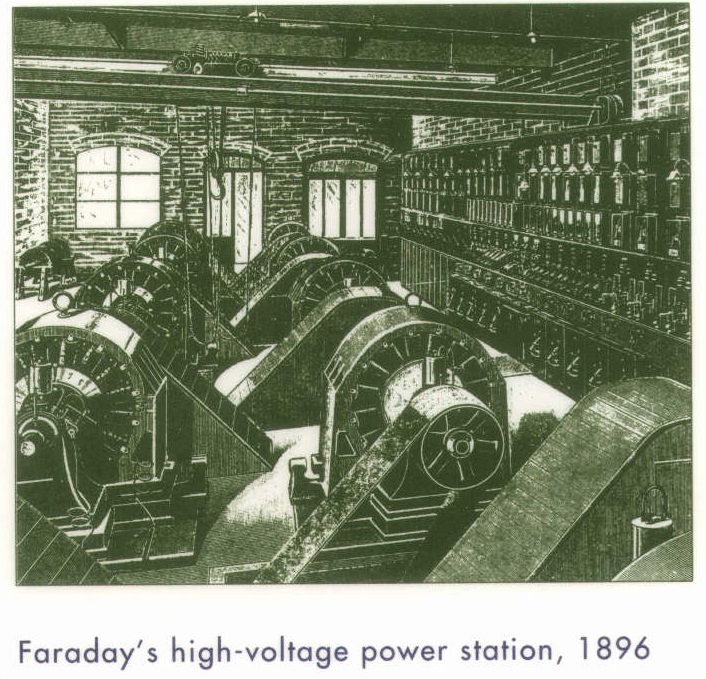 example, the use of lightweight composite materials in EV swill raise the vehicles’ efficiency. But, because manufacturing with these materials, unlike steel and aluminum, offers fewer economies of scale, they are suited to small-scale decentralized assembly rather than mass production on the level usually found in Detroit.
example, the use of lightweight composite materials in EV swill raise the vehicles’ efficiency. But, because manufacturing with these materials, unlike steel and aluminum, offers fewer economies of scale, they are suited to small-scale decentralized assembly rather than mass production on the level usually found in Detroit.
Similarly, a company’s success in marketing EVs may require new ways to sell and service them. Vehicles may be more specialized, giving consumers incentives to trade vehicles more frequently. More consumers might lease vehicles rather than own them, with marketers bearing responsibility for insuring and maintaining them. The high reliability of EVs, compared to gasoline-fueled cars, enhance the attractiveness of such arrangements.
The ZEV mandate is proving a blunt but effective instrument for overcoming market uncertainty, contrary corporate cultures, and technological barriers. Although there is considerable political pressure to weaken or revise it, and although it will initially impose substantial costs on automakers, to tinker with it at this time would be costly to the many companies making substantial investments based on the mandate’s terms. Any indication that it might be changed or abandoned would freeze investments in hundreds of companies, especially in small companies dependent on outside financing. Given the large risk faced by automakers, perhaps the most sensible strategy might be to encourage other states to lag one or more years behind California, allowing California to be the experiment.
Accelerating EV Research
The federal government plays a critical role in developing advanced vehicles. A research partnership between government and industry could accelerate investment in advanced EV technologies and speed the transition to an environmentally benign transportation system. The PNGV initiative offers a framework for this kind of research, despite its reliance on the national laboratories and the Big Three.
The weapons labs have a store of potentially valuable knowledge and technology in particular, expertise in basic science relevant to electric propulsion and energy storage. However, the labs are not oriented to products destined for the marketplace. The principal need over the next 10 to 15 years is not new science or new technology but cheap technology. That is primarily a challenge of engineering and manufacturing, not 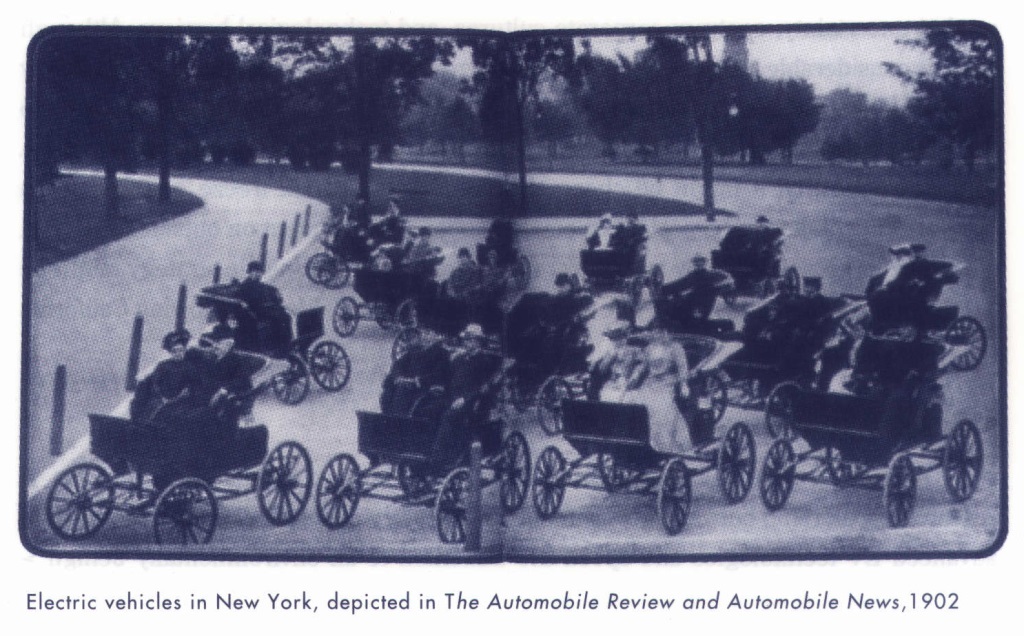 basic science.
basic science.
Relying on the major automakers may brake rather than accelerate progress. Certainly they need to be intimately involved in any federally led research partnership, but not necessarily as the dominant players. They are best suited to directing the research agenda for incremental technologies-refining some materials and manufacturing processes – especially because they and their suppliers are likely to be the principal users of these technologies. However, their history of resisting innovations in energy conservation, environmental protection, and safety suggests that they may not be enthusiastic developers of new propulsion technologies whose principal benefits are a cleaner environment and reduced energy-use.
If the government were to seek out and forge closer links with companies whose expertise, investments, and corporate culture are not tied to ICE technology, the entire process would undoubtedly be accelerated. For example, a broader array of companies should be encouraged to participate in the cooperative research and development agreements (CRADAs) used to transfer technology from the national labs. CRADAs give a company exclusive rights for five years to any technology developed with the lab. Most of the automotive technology agreements are with the Big Three and their primary suppliers. It will take substantial effort to create collaborative links between smaller companies and the national laboratories, but the result may be quicker commercialization of the research.
Forging Market Solutions
All things being equal, sustained change is most effectively achieved by harnessing market forces. The ZEV mandate cannot stand alone. Once startup barriers have been overcome (when EV sales reach 5 to 10 percent of the market), we will need measures that rely on market forces to guide transportation choices toward reduced social and environmental costs.
With this goal in mind, the federal government will need to overhaul the regulatory structure that shapes the nation’s transportation strategy. The oil and auto industries are shackled by rigid and fragmented regulations. Automakers, for example, must meet every single standard for every single tailpipe pollutant-which discourages innovations that accelerate emission reduction and preclude those that allow even one pollutant to increase. For instance, even incremental innovations such as lean-burn and two-stroke engines, which cut energy use and greenhouse gas, hydrocarbon, and carbon monoxide emissions, but slightly increase nitrous oxide emissions, are essentially precluded from the market.
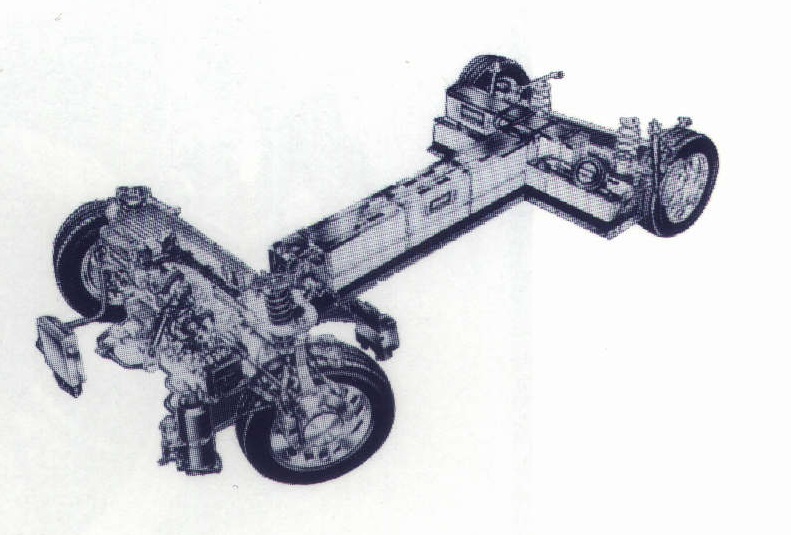 The government could use instruments such as taxes, tax credits, fees, and marketable credits to complement technology initiatives aimed at reducing or eliminating emissions. For example, if automobile companies were allowed to average emissions across their fleet of vehicles to meet emissions standards, just as with fuel-economy requirements, the public’s clean-air goals might be more readily attained. (Average emissions would have to be set at a level that permits total emissions reduction to match or exceed the unaveraged standard.) “Emissions trading” (for both air pollutants and greenhouse gases) might prove to be even more economically efficient, creating a side market in which manufacturers sell credits for emission reductions from very low-emitting vehicles, such as zero-emission vehicles, to manufacturers who produce higher-emitting vehicles. Allowing banking of emissions-reduction credits from year to year would provide an additional bonus, giving manufacturers an incentive to invest sooner in technologies that will outperform today’s standards. California has taken tentative steps in this direction; EPA has not.
The government could use instruments such as taxes, tax credits, fees, and marketable credits to complement technology initiatives aimed at reducing or eliminating emissions. For example, if automobile companies were allowed to average emissions across their fleet of vehicles to meet emissions standards, just as with fuel-economy requirements, the public’s clean-air goals might be more readily attained. (Average emissions would have to be set at a level that permits total emissions reduction to match or exceed the unaveraged standard.) “Emissions trading” (for both air pollutants and greenhouse gases) might prove to be even more economically efficient, creating a side market in which manufacturers sell credits for emission reductions from very low-emitting vehicles, such as zero-emission vehicles, to manufacturers who produce higher-emitting vehicles. Allowing banking of emissions-reduction credits from year to year would provide an additional bonus, giving manufacturers an incentive to invest sooner in technologies that will outperform today’s standards. California has taken tentative steps in this direction; EPA has not.
Initiatives like the ZEV mandate will be more effective if combined with price signals that reward consumers’ use of clean and efficient fuels and vehicles. For instance, the government could offer a revenue-neutral “feebate” by which consumers who purchase energy-efficient vehicles receive a rebate, whereas those who purchase gas guzzlers pay a fee. Combining technology initiatives with incentives is not only effective, it is also politically more appealing. Only a flexible, incentive-based regulatory approach will create the framework needed to guide business and consumer decisions in an efficient manner toward a sustainable future.
Although the technological basis for a transition to electric drive is falling into place, progress will remain slow and inefficient until some way is found to reduce the risk for automotive manufacturers and to create a firm but flexible regulatory structure. The goal should be to encourage technological and institutional innovation by new and established firms and to promote early commercialization of their new products. Thanks in large part to the ZEV mandate, our society can choose from a menu of transportation opportunities that did not exist only a few years ago. To backslide and ignore those opportunities would be poor policy and bad business.
Further Readings
International Energy Agency, Electric Vehicles: Technology, Performance, and Potential (Paris: Organization of Economic and Cooperative Development, 1993).
Scott Kronk, ed., Building the E-Motive Industry (Warrendale, Penn.: Society of Automotive Engineers, 1995).
James MacKenzie, The Keys to the Car (Washington, D.C.: World Resources Institute, 1994).
Michael Brian Schiffer, Taking Charge: The Electric Automobile In America (Washington, D.C.: Smithsonian Institution Press, 1994).
DanIel Sperling, Future Drive: Electric Vehicles and Sustainable Transportation (Washington, D.C.: Island Press, 1995).

